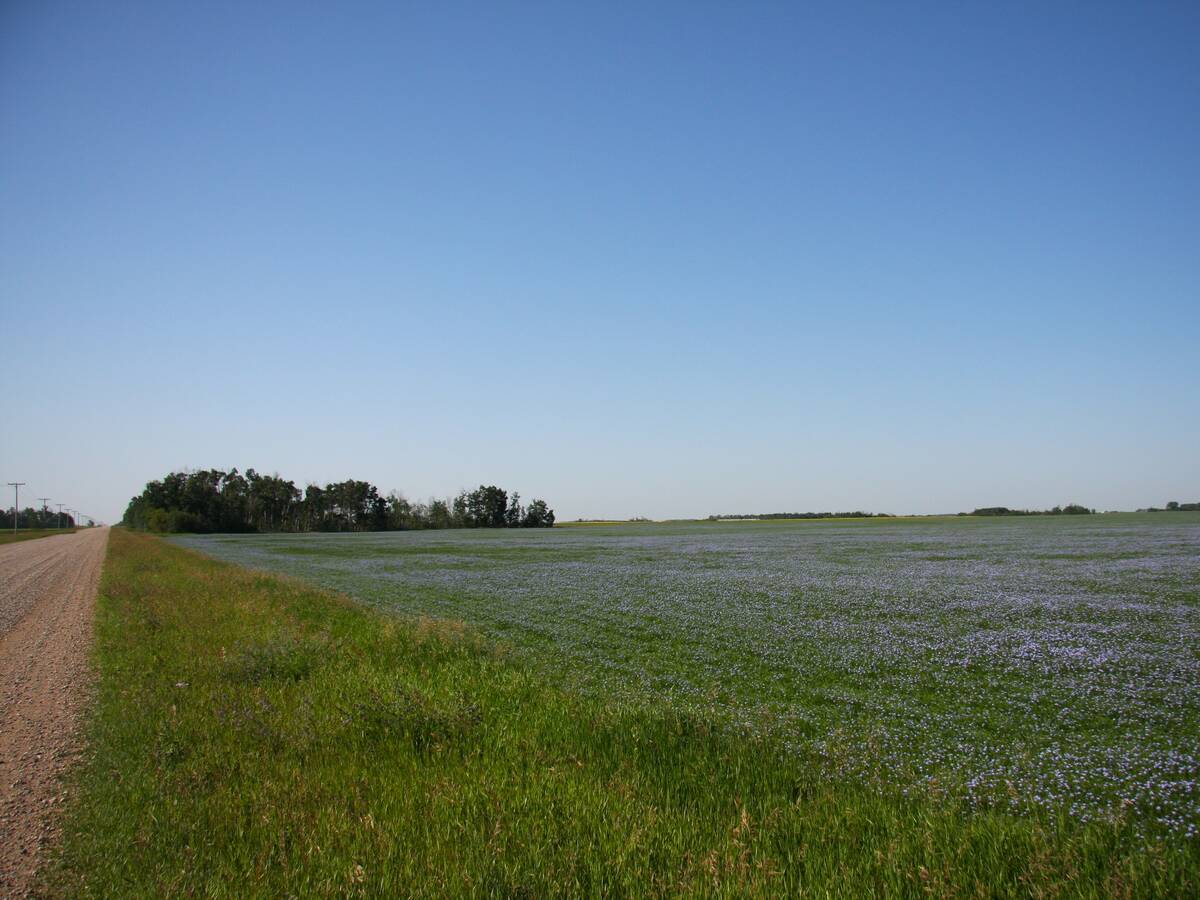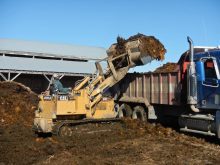Renewable fuel project developers were left hanging by Ottawa’s Budget 2023.
They were looking for a bold response to the clean fuel production incentives contained in the U.S. Inflation Reduction Act 2022 (IRA).
That did not happen.
“We got more consultation,” said Bob Larocque, president of the Canadian Fuels Association.
His member companies, which include the likes of Federated Co-operatives Ltd. and Imperial Oil, have announced $8 billion in renewable diesel, sustainable aviation fuel, hydrogen and ethanol projects.
Those potential investments were placed in jeopardy when U.S. President Joe Biden signed the IRA into law in August 2022.
Read Also

Farmland advisory committee created in Saskatchewan
The Saskatchewan government has created the Farm Land Ownership Advisory Committee to address farmer concerns and gain feedback about the issues.
One title of the act switches the existing blender’s credit for renewable fuels into a producer’s credit starting in 2025.
Canadian renewable fuel producers can collect the blender’s credit, but they will not be eligible for the producer’s credit.
“That puts Canada now at a huge disadvantage,” said Larocque.
U.S. renewable fuel will collect the U.S. production tax credit and then come across the border and collect more credits under Canada’s Clean Fuel Regulations (CFR) or British Columbia’s Low Carbon Fuel Standard.
That is why the Canadian Fuels Association is pushing for a matching 10-year Canadian production tax credit for ethanol, biodiesel and renewable diesel ranging from seven to 36 cents per litre.
There has already been one Canadian casualty. Parkland Corp. has decided not to proceed with its renewable diesel facility planned for Burnaby, B.C., due in part to the IRA.
The federal government acknowledged in Budget 2023 the potential threat the IRA poses to Canada’s renewable fuel sector.
It stated that the program’s federal clean growth incentives are estimated by the U.S. Congressional Budget Office at US$369 billion.
“As a result of these uncapped subsidies, private sector estimates suggest that the IRA could mobilize as much as US$1.7 trillion of private and public investments in the U.S. economy over 10 years,” the document stated.
“Without swift action, the sheer scale of U.S. incentives will undermine Canada’s ability to attract the investments needed to establish Canada as a leader in the growing and highly competitive global clean economy.”
But the swift action so far amounts to a promise of further consultations with industry.
Larocque welcomes the dialogue but added that time is of the essence. Billions of dollars of investment are in limbo while Canada sorts out its low carbon fuel policy.
Renewable fuels are expected to account for 10 to 15 percent of Canada’s total transportation fuel by 2030 under the CFR.
“I really don’t want that to be all made in the United States,” said Larocque.
“Right now, we are self-sufficient, and we don’t want to be relying on the United States for 15 percent of our fuel in Canada.”
Canada’s canola crushing sector is gearing up to meet the demand for renewable diesel feedstock in North America. Crush is set to expand by more than 50 percent in the next few years.
Chris Vervaet, executive director of the Canadian Oilseed Processors Association, said the canola oil demand will be there regardless of what side of the border the renewable diesel plants are built.
COPA’s preference is to supply the oil to Canadian renewable diesel plants.
“Definitely we support what the (Canadian) biofuel producers are asking for. We’re behind them on this one for sure,” he said in a recent interview.
“We have made our comments clear to the government in terms of the need to address this competitive imbalance that the IRA has created.”
Larocque said the government’s next opportunity to address the imbalance is later this year.
“We are seeing signals that we could see something in the Fall Economic Statement of October of this year,” he said.
















